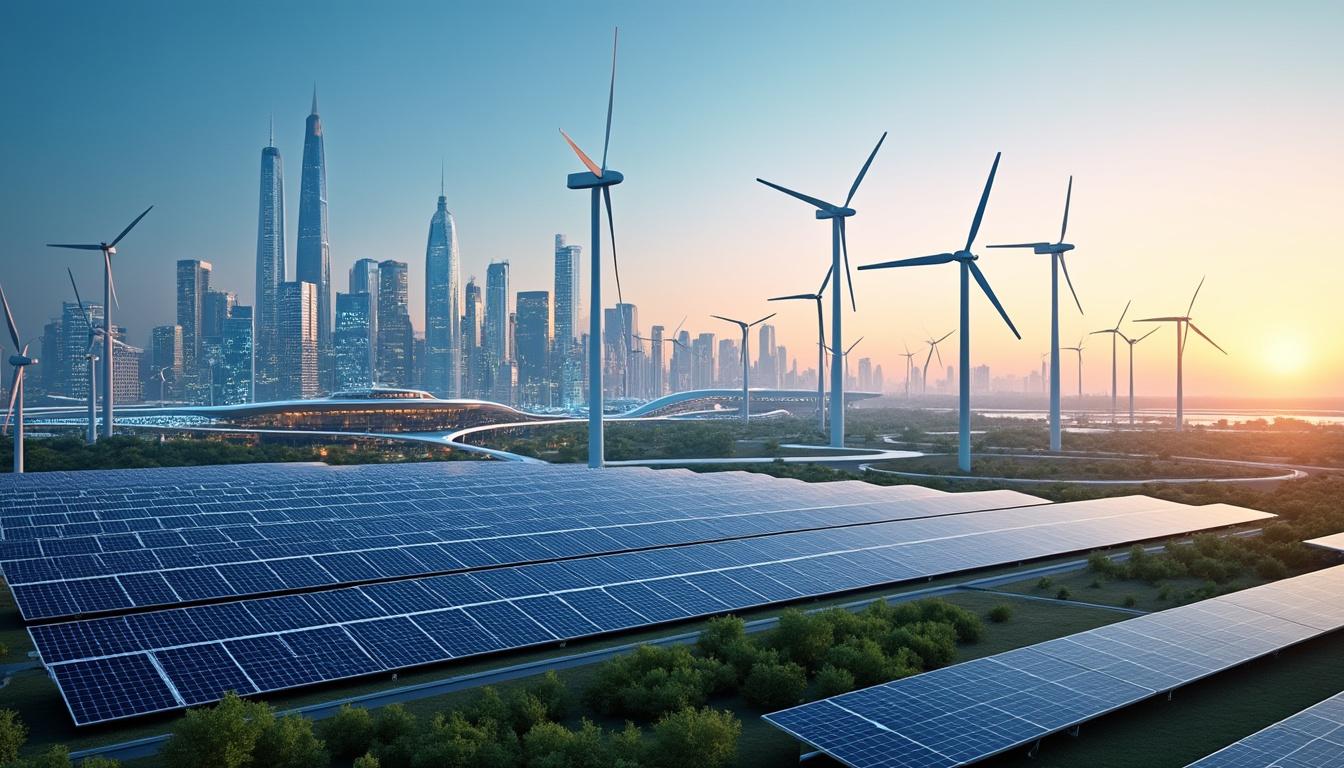As the world intensifies its focus on sustainable energy practices, major corporations are spearheading transformative initiatives to address growing energy demands responsibly. Amazon, a global giant in e-commerce and cloud infrastructure, has not only committed to adopting 100% renewable energy but has already surpassed its original goal ahead of schedule. This monumental shift encompasses innovative technologies, strategic investments, and collaborations aimed at not just reducing Amazon’s carbon footprint but also catalyzing a broader shift within industries including technology, retail, and logistics. The company’s ambitious roadmap, intertwined with advancements from peers such as Microsoft, Google, Apple, Tesla, Ikea, Nike, Unilever, Wal-Mart, and Facebook, reflects a collective corporate drive towards a sustainable future. Here is an in-depth look at how Amazon is pioneering this transition to achieve complete renewable energy reliance by 2030.
Amazon’s Strategy to Attain 100% Renewable Energy Usage by 2030
Amazon achieved a remarkable environmental milestone by matching 100% of its electricity consumption with renewable energy seven years ahead of its initial 2030 target, realizing this accomplishment by 2023. This progress is the product of:
- Investment in over 500 solar and wind projects worldwide, collectively creating more than 28 gigawatts (GW) of renewable energy capacity.
- Energy production from these projects sufficient to power more than 7.6 million average U.S. homes annually.
- Leadership as the largest corporate purchaser of renewable energy globally since 2020.
Recognizing future increases in energy consumption—especially fueled by emerging technologies like generative AI—Amazon plans to diversify its carbon-free energy portfolio. This includes expanding into nuclear power, offshore wind, green hydrogen, and innovative energy storage solutions supported by its Climate Pledge Fund, worth $2 billion, which invests in cutting-edge low-carbon technologies.

Advocating for Modernized Power Grids to Speed Renewable Integration
Amazon acknowledges that the widespread deployment of renewable projects requires robust, modernized electrical grids capable of handling increased and variable energy inputs. Currently, over 70% of the U.S. grid infrastructure exceeds 25 years in age, restraining integration of renewable sources despite a backlog of more than 2.6 million megawatts (MW) of solar, wind, and storage projects awaiting connection. These projects have a combined potential to power nearly 63.3 million U.S. homes.
Amazon is actively collaborating with:
- Federal and state energy regulators to expedite permitting and grid upgrades.
- Utility companies for funding grid modernization and deploying smart grid technologies.
- Stakeholders in carbon-intensive regions favoring large renewable energy adoption.
These efforts ensure that both Amazon and wider communities benefit from the clean energy transition while enhancing overall grid resilience.
Strategic Deployment of Renewables in Carbon-Intensive Regions
To maximize environmental benefit, Amazon focuses renewable energy investments in areas where its operations are concentrated, and where electricity generation is heavily reliant on fossil fuels. For example:
- Partnering with Umatilla Electric in Oregon to procure wind farm electricity, supporting local energy decarbonization.
- Investing in renewable projects in countries such as India and Poland, as well as the Southeastern United States, where coal, oil, and natural gas predominate.
- Co-founding the Emissions First Partnership, promoting enhanced greenhouse gas accounting standards to encourage clean energy investments on fossil-fuel heavy grids.
These targeted initiatives not only reduce carbon emissions but create a scalable model for corporate climate responsibility worldwide.
Optimizing Data Center Efficiency to Lower Carbon Footprint
Data centers, critical for Amazon Web Services (AWS) and other technology platforms such as Microsoft Azure and Google Cloud, are significant energy consumers. To address this, Amazon continuously enhances energy efficiency through:
- Designing data centers to leverage natural airflow cooling, minimizing energy-intensive air conditioning use.
- Developing purpose-built AWS machine learning chips like the energy-efficient Graviton4 processor, offering improved performance alongside reduced energy consumption.
- Extending server lifespans from five to six years, reducing electronic waste and energy embedded in manufacturing.
- Enabling cloud migration strategies where shifting workloads from on-premises systems to AWS can reduce carbon footprints up to 99%, as highlighted by recent Accenture research.
These improvements not only benefit Amazon but also provide clients—with increasing AI and cloud dependence—a pathway toward net-zero goals.
Incorporating Sustainable Practices in Infrastructure and Logistics
Amazon extends sustainability commitments beyond energy procurement to encompass building design and logistics operations:
- Constructing facilities with low-carbon concrete and electrified heating, ventilation, and air conditioning (HVAC) systems.
- Launching the world’s first Zero Carbon Certified Same-Day fulfillment center in California, a groundbreaking achievement in sustainable logistics.
- Matching electricity for headquarters with 100% renewable sources, supplemented by solar farms and LEED certification.
- Initiating fleet electrification with an order of 100,000 electric delivery vehicles from Rivian, aiming to reduce delivery emissions by 4 million metric tons annually by 2030.
- Supporting reforestation efforts via a $100 million investment in forest and wetland conservation through the Right Now Climate Fund.
Amazon’s holistic approach addresses emissions across its entire value chain, establishing it alongside leaders like Tesla in sustainable transportation and Wal-Mart in green retail operations.




